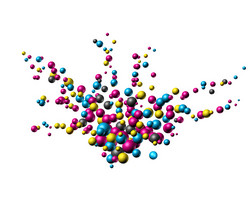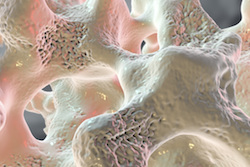Coordination compounds get smaller
Coordination chemistry offers an excellent tool for preparing solids with tailored properties. In the PHOXNA (Photo-induced processes in oxalate network based nano-objects) project, scientists used suitable chemical methods such as the reverse micelle technique for synthesising crystalline, polymeric nanoparticles of coordination compounds. Special focus was placed on how size reduction of different nanoparticle network structures influences excitation energy transfer processes. The energy was found to migrate from the core towards the surface of the nanocrystals. The team also successfully prepared functionalised nano-objects that could harvest this energy either by grafting complexes onto the surface or by epitaxial growth of different oxalate network shells. However, the initial efficiency of energy transfer from the core structure to the coordination shell was found to be poor. For this reason, scientists considered grafting lanthanide complexes onto the nanocrystal surface. First results suggested that this approach is a promising way to prepare functionalised nano-objects. Project research activities contributed to advancing coordination chemistry and more particularly shedding further light onto this new class of molecular materials: coordination nanoparticles. Retaining the useful properties of the bulk material, these nanoparticles can enhance performance of laser or lighting devices and also improve the efficiency of energy harvesting.







